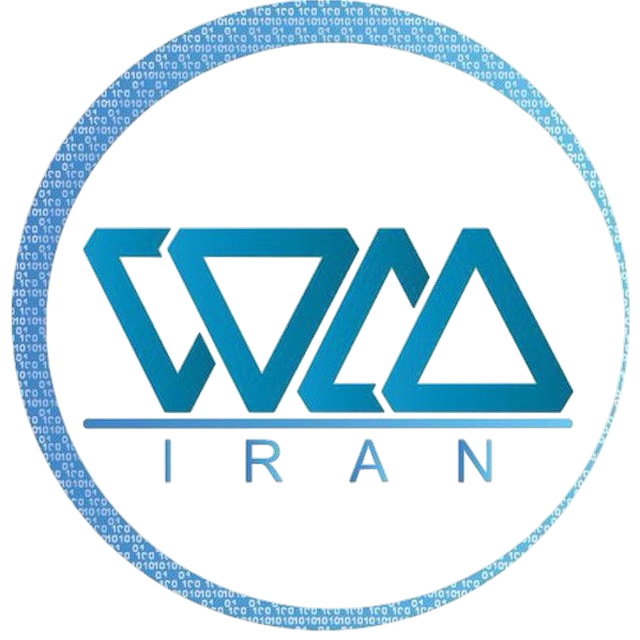Step-by-Step Guide: How to Securely Store Your Monero After Exchanging
Introduction
Once you’ve acquired Monero (XMR), the next crucial step is securing your holdings. Unlike Bitcoin and other cryptocurrencies with transparent ledgers, Monero is designed for privacy, but that doesn’t mean you should overlook security. Whether you’re holding Monero for the long term or making frequent transactions, proper storage is key to protecting your funds from hackers, malware, and surveillance.
In this guide, we’ll cover the best practices for securely storing Monero, from choosing the right wallet to safeguarding your private keys.
1. Choosing the Right Monero Wallet
Monero offers several wallet options, each suited for different levels of security and usability.
A. Hardware Wallets (Best for Long-Term Storage)
- Ledger Nano X & Ledger Nano S Plus – These hardware wallets provide high security by keeping your private keys offline.
- Trezor Model T – Though not fully integrated with Monero’s GUI, it offers additional protection when combined with third-party software.
Why Use Hardware Wallets? ✔ Private keys never touch the internet, reducing hacking risks. ✔ Strong protection against phishing attacks. ✔ Best option for long-term investors.
B. Monero GUI & CLI Wallets (Best for Advanced Users)
- Monero GUI Wallet – The official desktop wallet with full-node functionality, offering maximum security.
- Monero CLI Wallet – Ideal for tech-savvy users who want complete control over their funds.
Why Use GUI/CLI Wallets? ✔ Full control over private keys. ✔ No reliance on third-party services. ✔ More privacy compared to web or mobile wallets.
C. Mobile & Web Wallets (Best for Convenience)
- Monerujo (Android Only) – A lightweight mobile wallet for easy transactions.
- Cake Wallet (iOS & Android) – User-friendly with built-in exchange options.
- Feather Wallet – A privacy-focused desktop wallet that balances security and usability.
Why Use Mobile/Web Wallets? ✔ Ideal for small amounts and daily transactions. ✔ Easy access to funds on the go. ✔ Some wallets offer built-in exchange services.
2. Backing Up Your Wallet Securely
Regardless of your chosen wallet, backing up your private keys and seed phrase is essential. If you lose access to your wallet without a backup, your Monero is gone forever.
Best Practices for Secure Backups: ✔ Write down your 25-word seed phrase on paper and store it in a safe location. ✔ Avoid digital storage (screenshots, cloud storage, email, etc.). ✔ Consider metal backup solutions for added durability (e.g., Cryptosteel). ✔ Store multiple copies in different secure locations.
3. Enabling Extra Security Measures
Even with a secure wallet, additional security measures can protect your Monero from cyber threats.
✔ Use a strong, unique password for your wallet. ✔ Enable 2FA (if supported) for web-based wallets. ✔ Run Monero on a secure, malware-free device. ✔ Consider using a VPN or Tor for added privacy. ✔ Keep your software updated to patch vulnerabilities.
4. Cold Storage: The Ultimate Security Option
For those holding large amounts of Monero long-term, cold storage is the safest method. This means keeping your private keys completely offline, preventing any online attacks.
Cold Storage Options:
- Paper Wallets – Generate a Monero wallet offline and store the keys on paper.
- Air-Gapped Devices – Use a dedicated, offline computer for managing private keys.
- USB Drive Storage – Store an encrypted backup of your wallet on a USB drive.
Conclusion
Securing your Monero is just as important as acquiring it. By choosing the right wallet, backing up your keys, and implementing strong security measures, you can ensure your Monero remains safe from hackers and surveillance.
For those looking to exchange Monero privately and securely, wmiran.com provides a trusted, no-KYC platform for seamless transactions.




